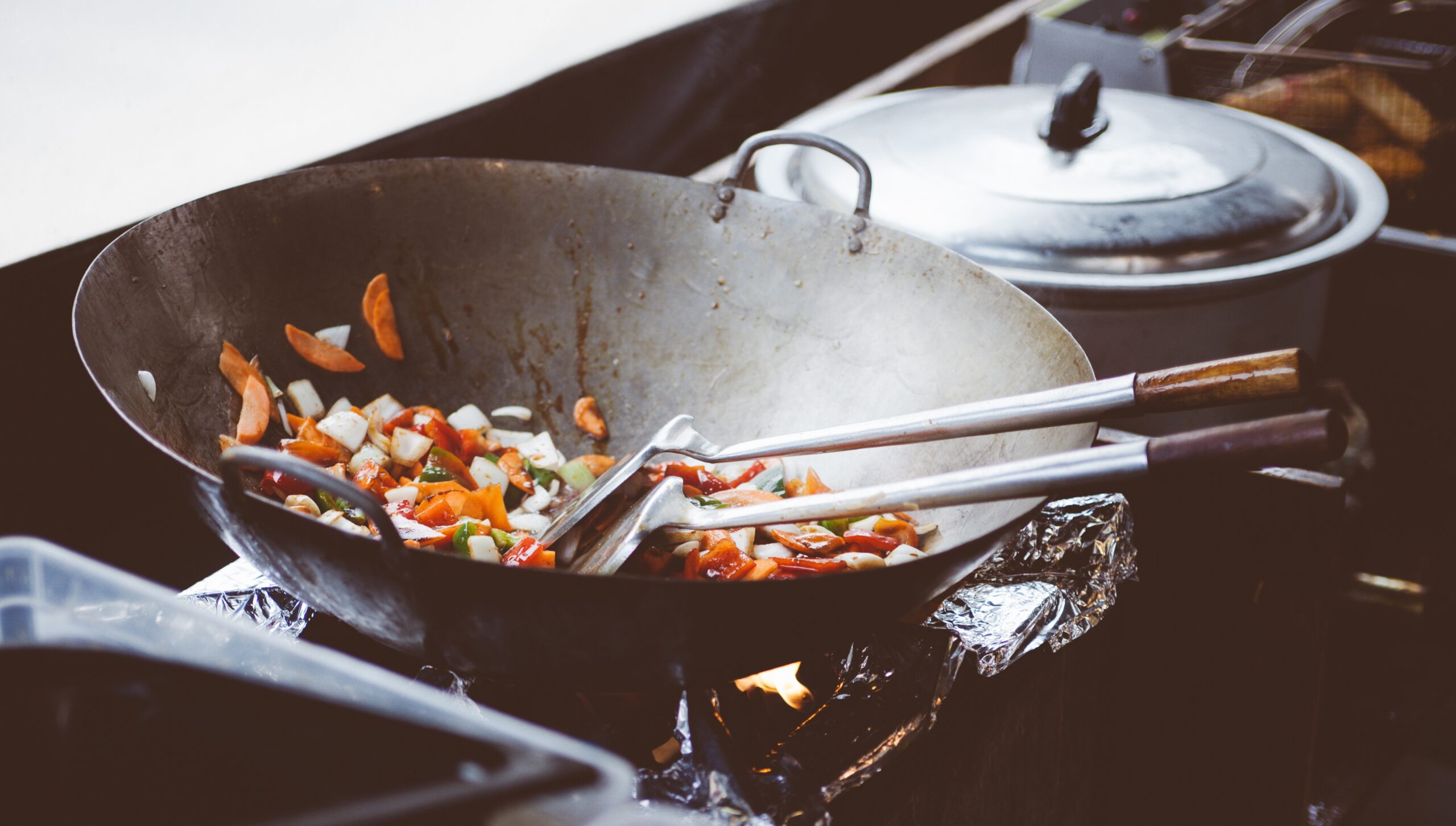
The Ultimate Chinese Wok Buying Guide
The Ultimate Chinese Wok Buying Guide: Are you ready to take your stir-frying skills to the

The Ultimate Chinese Wok Buying Guide: Are you ready to take your stir-frying skills to the

KitchenAid KitchenAid is an American kitchen appliance brand owned by Whirlpool Corporation. It is well-known in
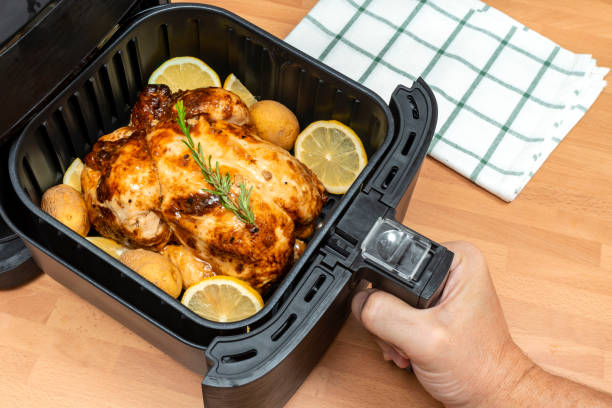
24 Air Fryer Meal Ideas: An air fryer is a kitchen appliance that uses circulated
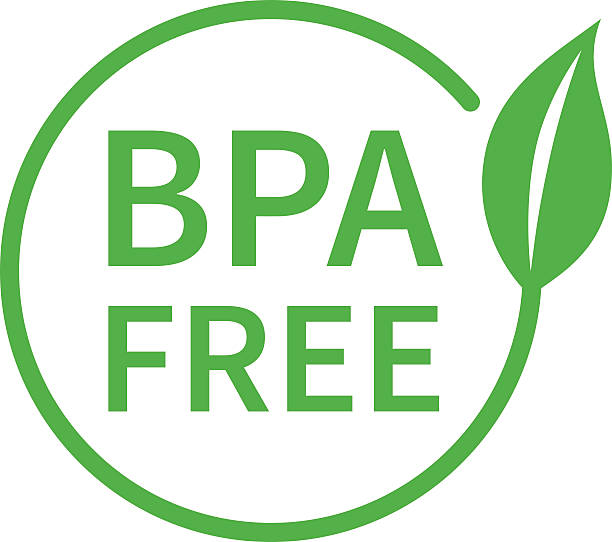
Plastic vs. Glass vs. Stainless Steel Blender Jar: Most manufacturers use polycarbonate material to produce

Veganism is one of the branches of the Vegetarian diet. The cornerstone of the vegetarian

Allopathic medicine recognizes that only 0.3% of the thermally processed food digested benefits our systems. At
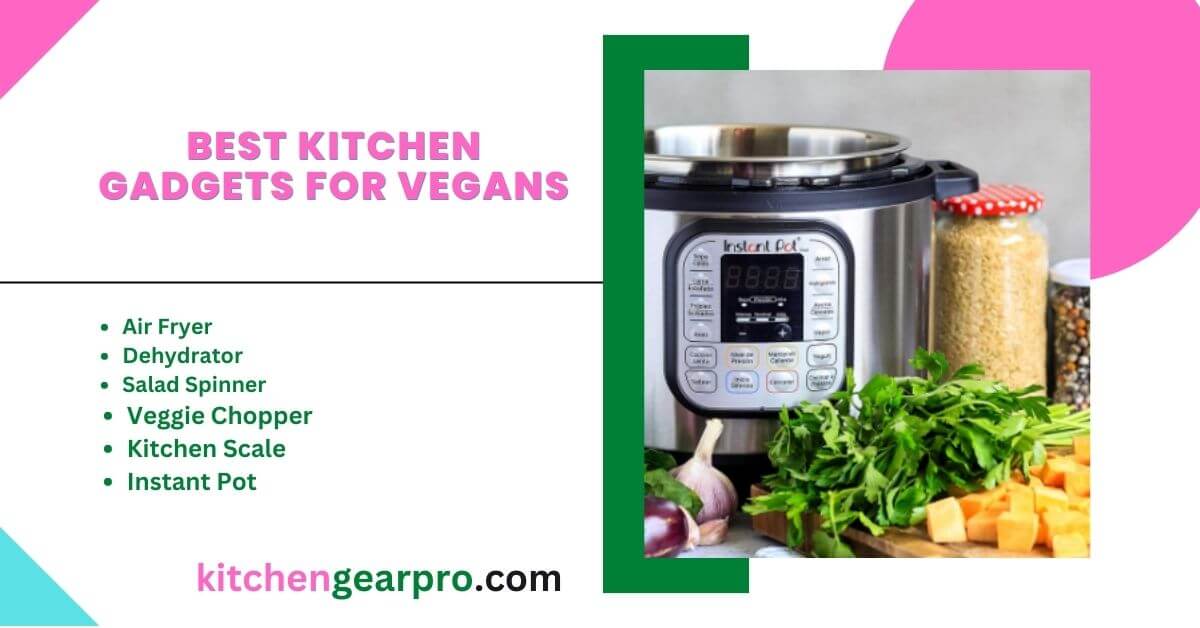
Best Kitchen Gadgets for Vegans: When it comes to food preparation, being a vegan can
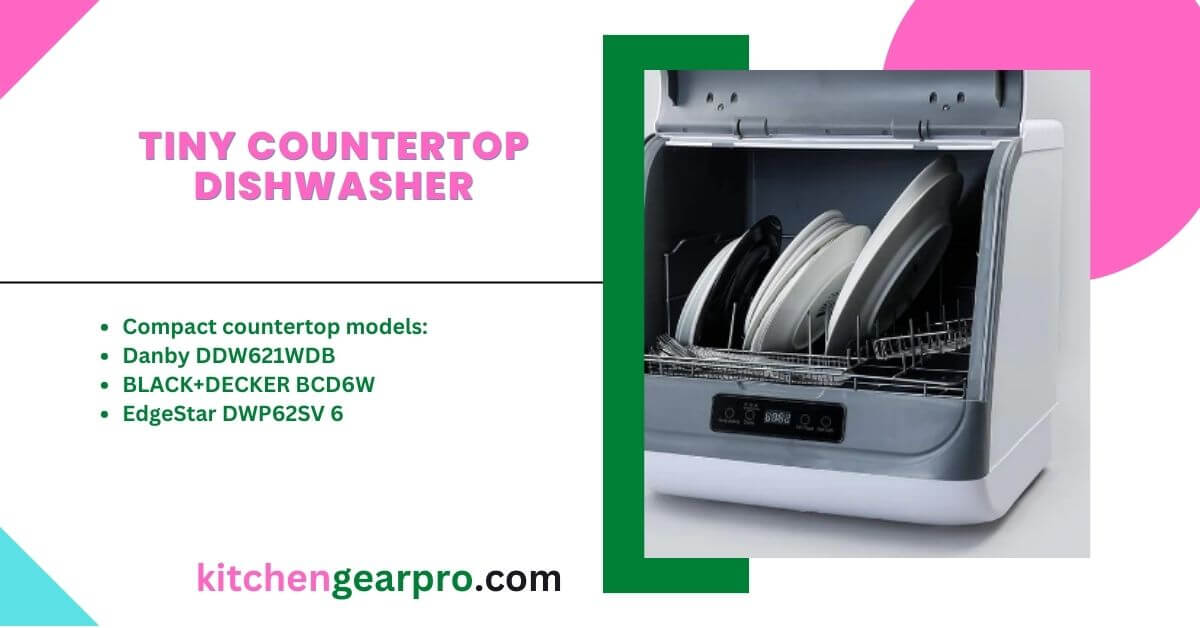
Tiny Countertop Dishwasher: Do you get bored of hand-washing dishes in your small apartment or
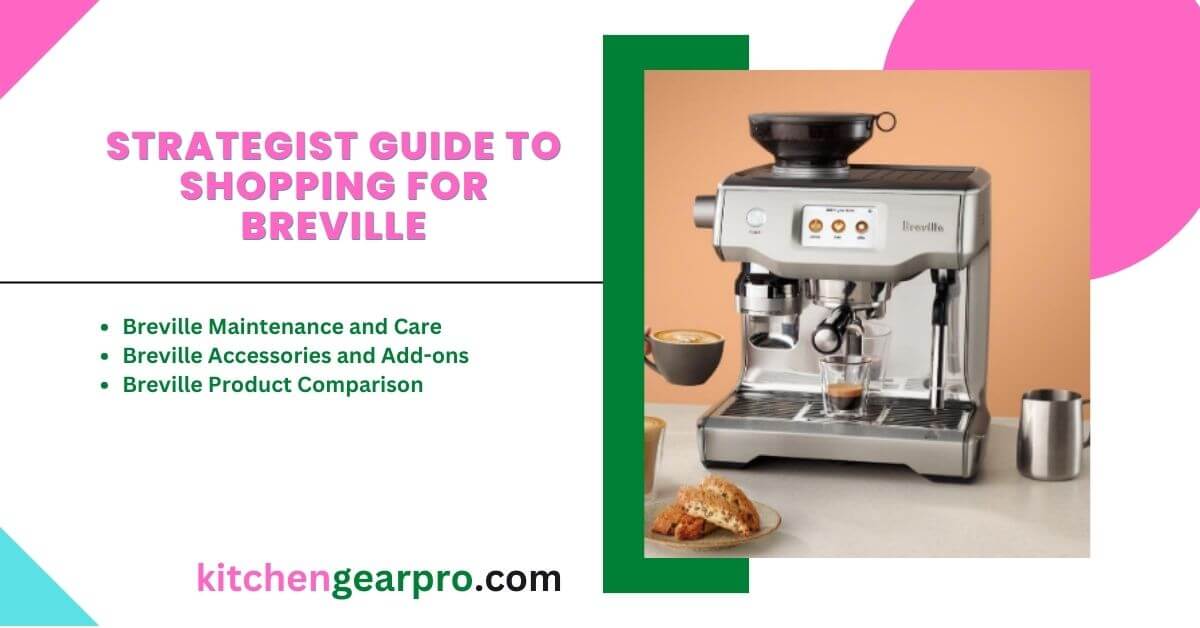
Strategist Guide to Shopping for Breville: Are you looking for a new kitchen appliance? Do
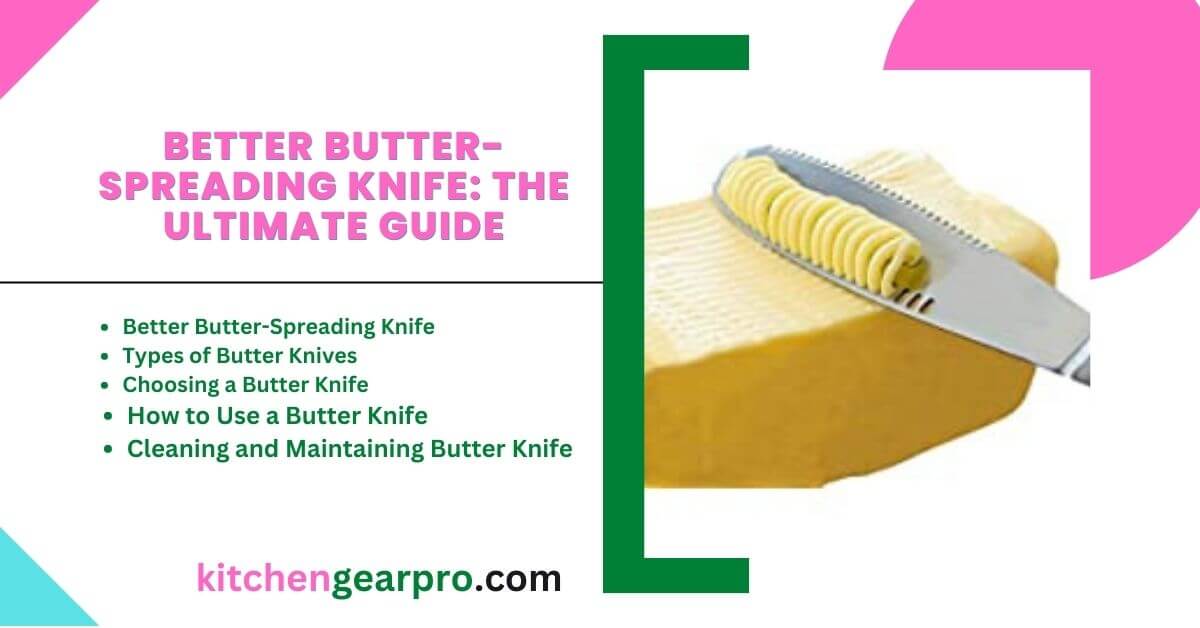
Better Butter-Spreading Knife: If you enjoy eating toast, bagels, muffins, or any other bakeries with
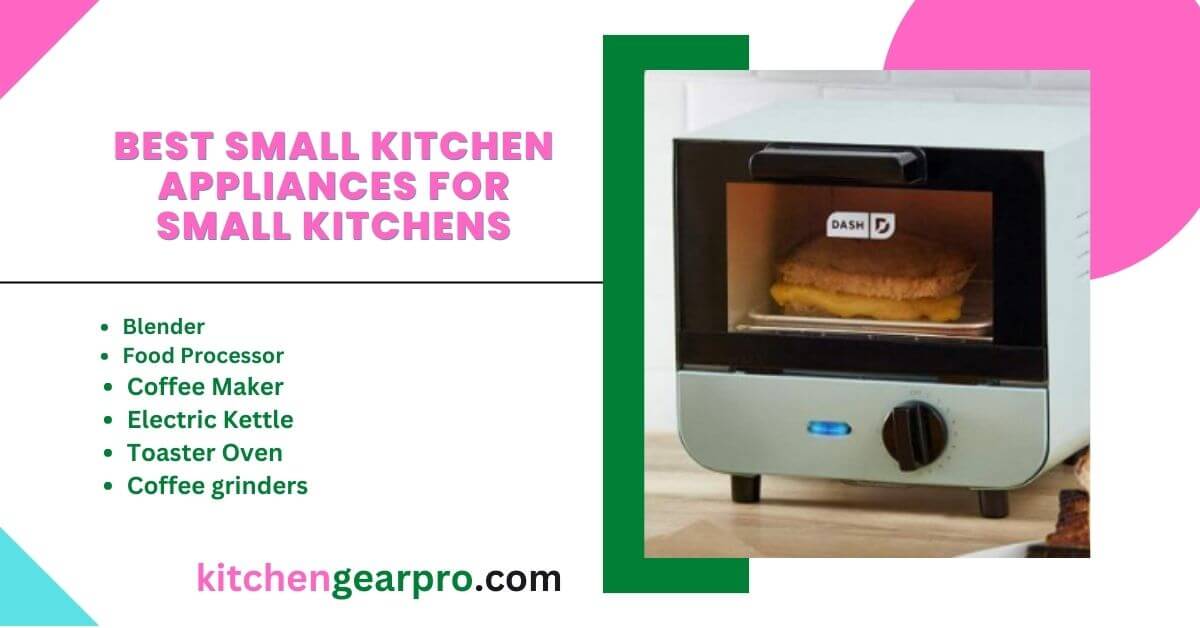
Best Small Kitchen Appliances for Small Kitchens: If you have a small kitchen, you understand
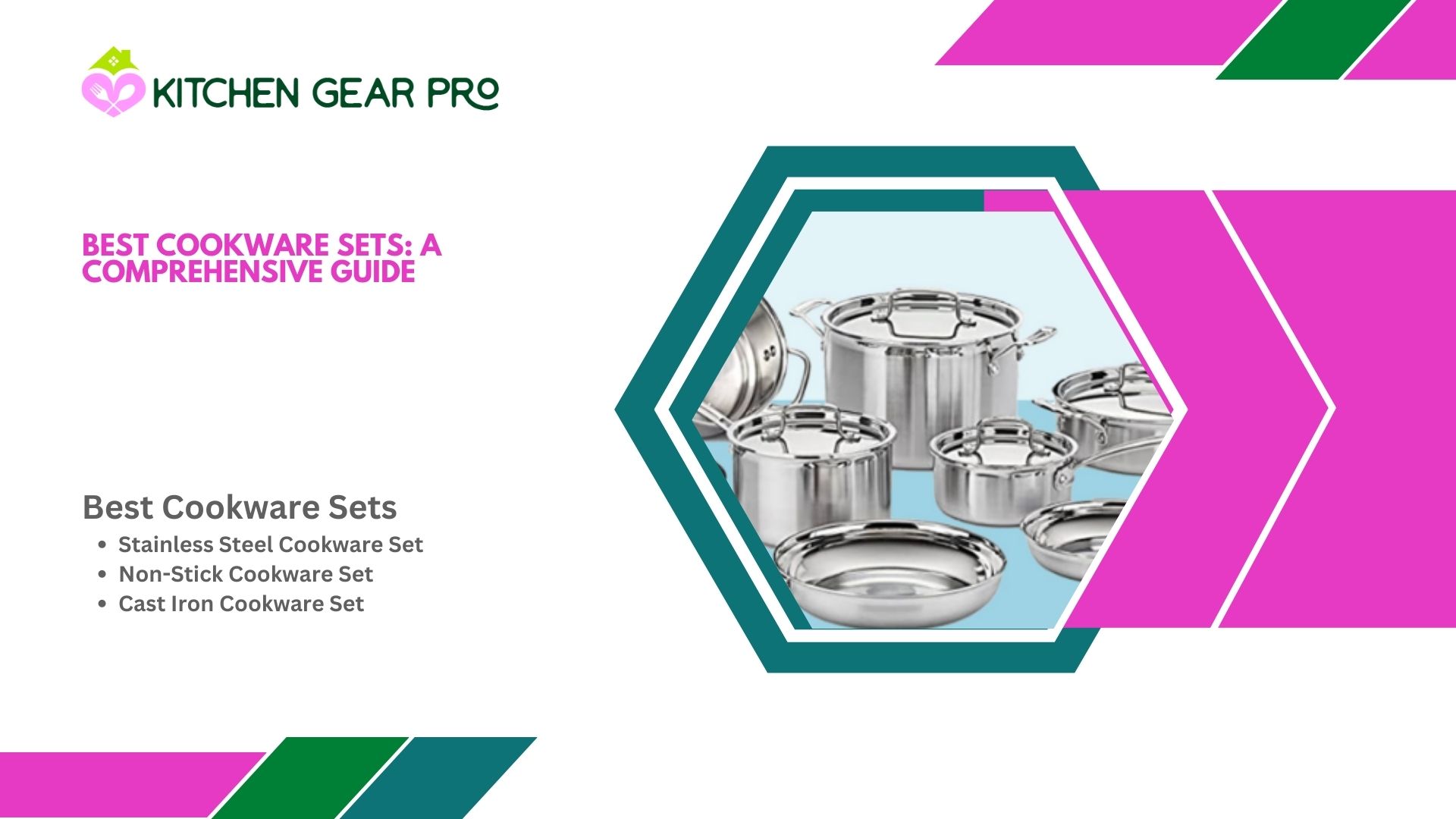
Best Cookware Sets: Cooking is an art, and a chef, like any artist, requires the




Meet the owner— a pro kitchen gadget digger who has gone the extra mile to create something that helps us choose the right gadgets. Back in 2016, when she found it challenging to find the best-fit kitchen equipment, she searched independently. This quest for the best products got firm when she became a vegan raw, and by then, she had been working hard to help others. Kitchen Gear Pro is the result of all that hard work.
Lucy Young
Founder at Kitchen Gear Pro